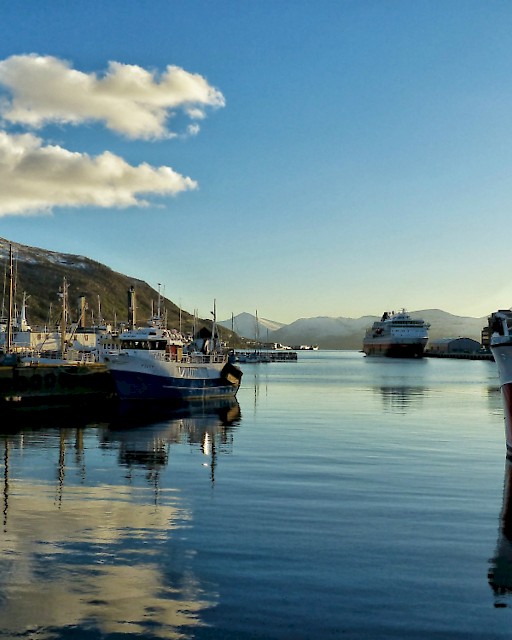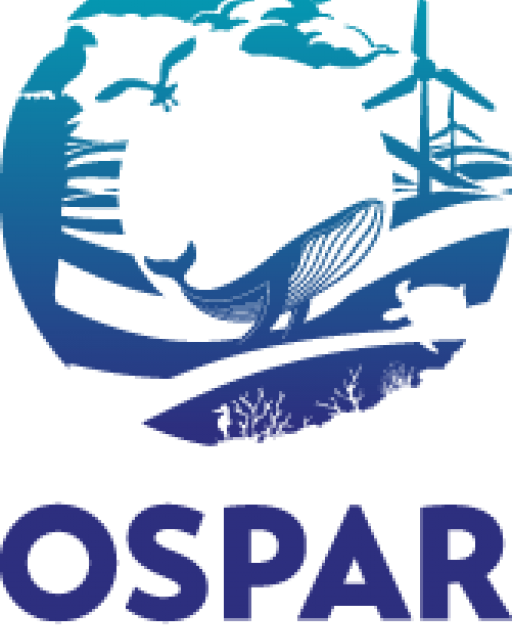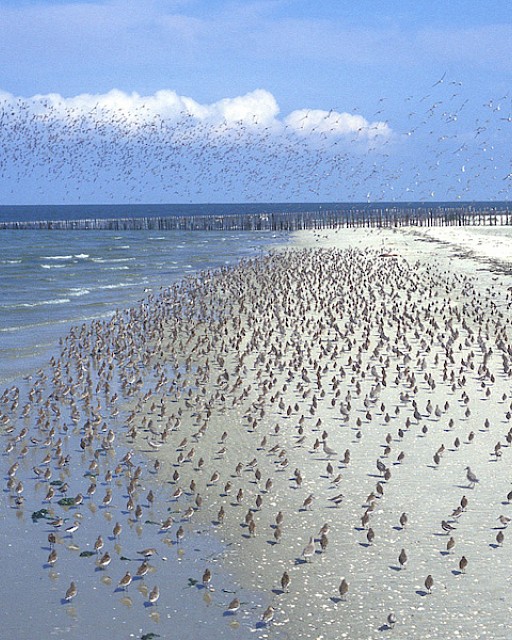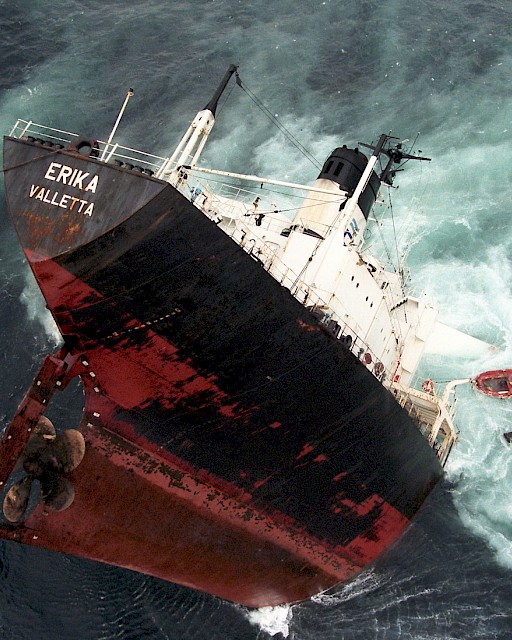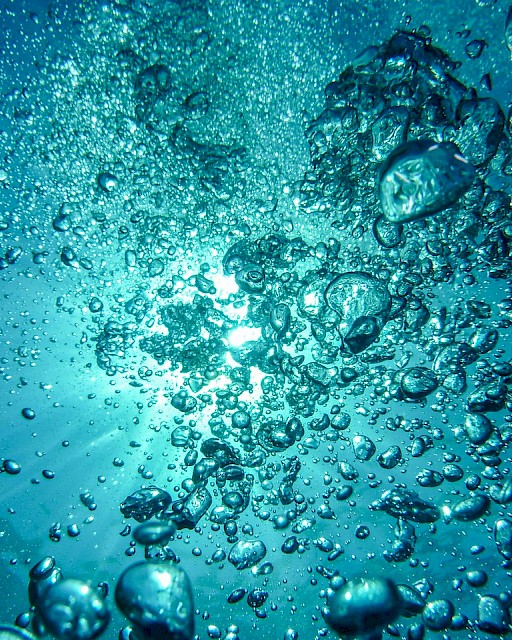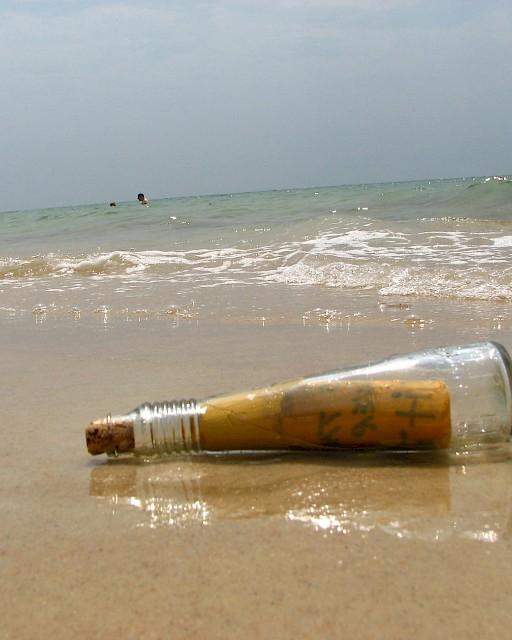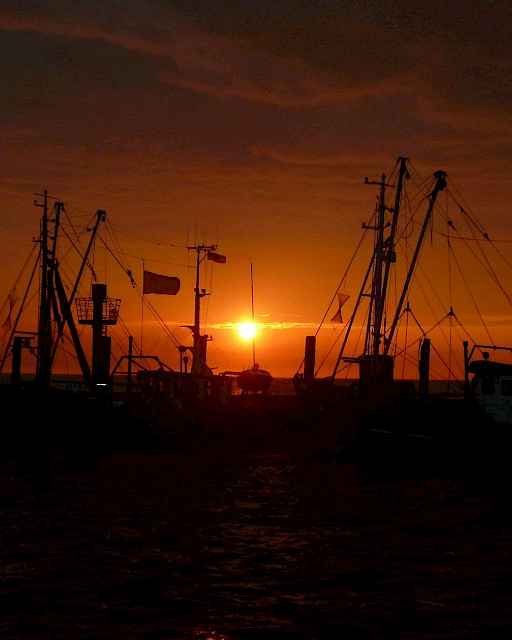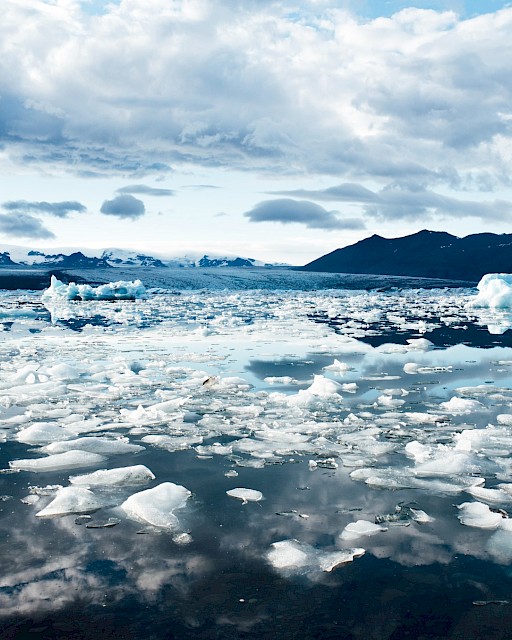Science Agenda
The OSPAR Science Agenda is an OSPAR document clearly setting out our most important needs in the broad science areas that underpin OSPAR work. It aims to contribute to OSPAR communication with science providers and science funders. In order to do so, the scientific needs should be formulated at the right level of abstraction/concreteness and should be well balanced.
Within OSPAR the Coordination Group (CoG), the thematic Committees and their subsidiary bodies should be involved. An additional aim is that it sets a framework for continuing and strengthening the partnerships that OSPAR has with organisations such as ICES. It can provide a basis for coordination of national science programmes and define research needs that are best addressed at international level.
The OSPAR Science Agenda was first published in 2015 and revised in 2017. The current Science Agenda contains a prioritised list of 44 knowledge gaps, aiming at improving future OSPAR assessments, notably the OSPAR’s next Quality Status Report (QSR) due in 2023, and contains suggestions for increasing OSPAR’s knowledge base. Whilst OSPAR recognises there are gaps in knowledge in many strands of work, this update is based on knowledge gaps identified in OSPAR’s 2017 Intermediate Assessment (IA2017).
The OSPAR Science Agenda:
- identifies gaps in knowledge that hamper progress towards achieving the aims of the OSPAR Strategies;
- sets out a procedure to ensure that science needs are well defined and based on common understanding of knowledge needs (criteria), so that items:
- reflect the needs identified by relevant groups working within OSPAR, and that they have contributed to their formulation;
- are prioritised, well planned and refer to appropriate (sub) regional scales;
- any initiative by OSPAR will not duplicate ongoing or planned research elsewhere.
- is organised in two parts:
- Part I: Section 1 includes the brief introduction below, sets the objectives and the role of the OSA and summarises the main science needs. The entire list of priority science needs is in Annex I.
Section 2 describes the approach adopted for the identification and prioritisation of knowledge gaps and who was involved. A more detailed description is in Annex II.
Section 3 contains suggestions for focused action to close the knowledge gaps and to make better use of new scientific knowledge gained.
- Part II: contains the entire list of knowledge gaps identified in IA2017, sorted by indicator or thematic assessment. Knowledge gaps selected for the prioritised list often relate to other relevant knowledge gaps. For each knowledge gap, information on geographic scope, importance for assessments, relevance for policy measures and an indication of costs is given.
The Science Agenda is a living document, which is updated as necessary.
OSPAR Science Agenda (publication 727)
Inventory and Background accompanying the OSPAR Science Agenda

